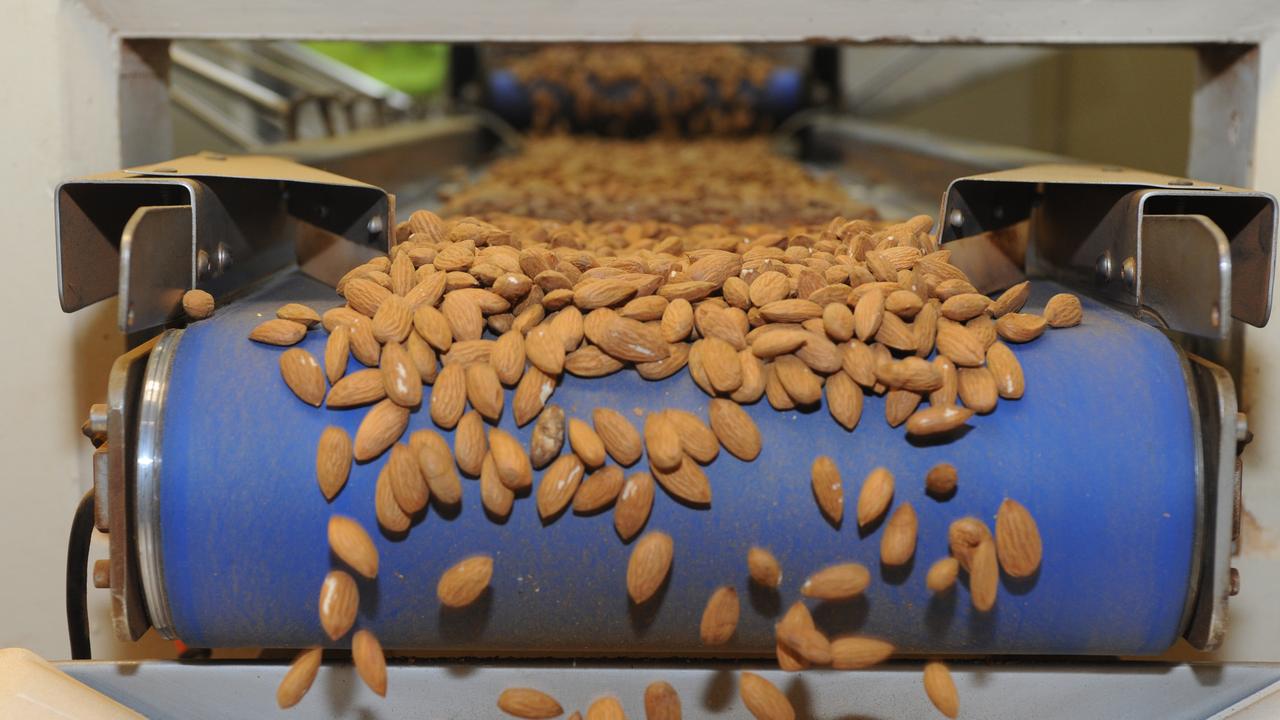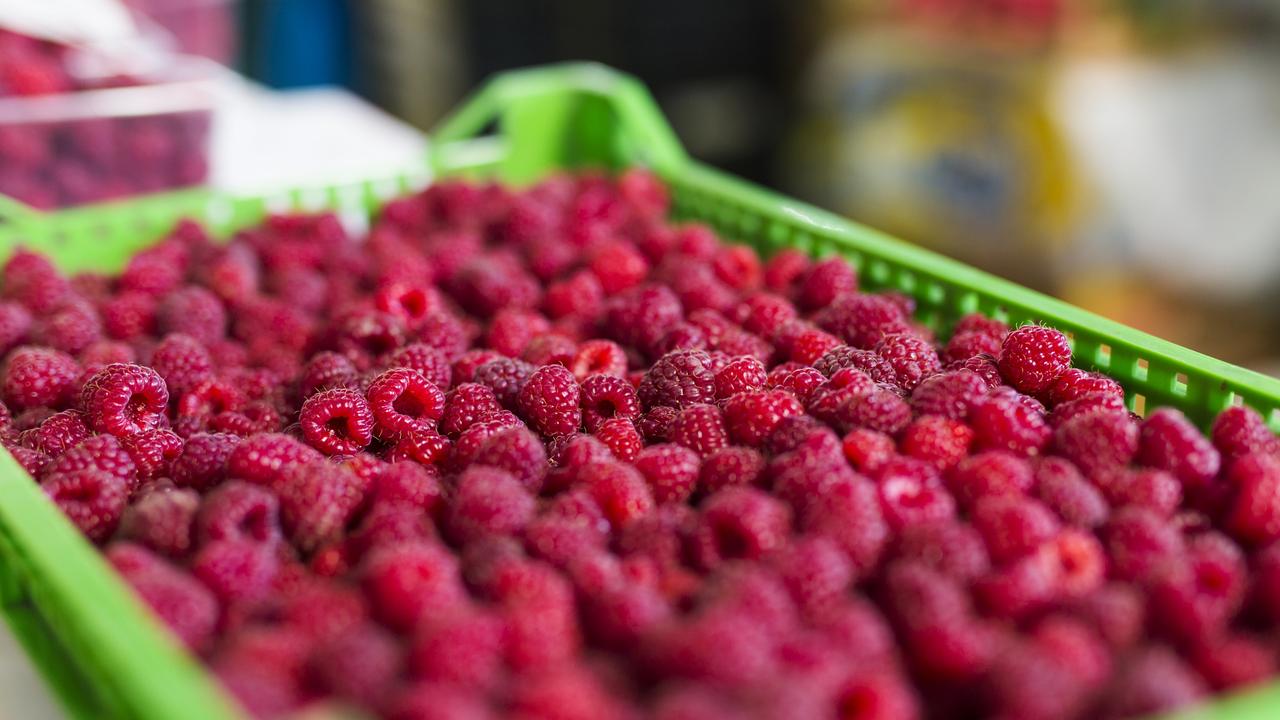Tricky garlic clues lie in the chemistry
A move into garlic production makes dollars and scents for this innovative farming business.

NICK Diamantopoulos’s company may be Australia’s biggest garlic producer, but don’t call him a farmer.
“I’m an industrial chemist who has gone crazy on the land,” Nick said.
“You can find me covered in dirt head to toe but for me it’s all about the chemistry and the science.”
Nick was an industrial chemist working for Nubrik when he started dabbling in a hobby growing garlic in 1993.
“I fell in love with how difficult it was to grow but became frustrated with Chinese garlic.
“I started travelling around the world seeing other new varieties and seeing how they grew them. I’m still travelling and still learning.”
In 1998 Nick started his company Australian Garlic Producers, accumulating 292 different varieties from around the world and Australia.
After extensive trialling on an AQIS (quarantine) approved site, he zeroed in on French varieties, gaining the Australian rights to grow in a mutual research and development arrangement with the French government.
From that – with a team of about five in the research and development department – he has crossed, selected and cloned his own trademarked seven varieties for commercial production in tropical, subtropical and cool climate regions and various soil, rainfall and temperature conditions, as well as for disease-resistance.
“You may find a variety that you think is a winner but then there’s an anomaly in the climate and it gives different results,” said the CEO.
“So we want to pressure test the varieties in extreme cold, heat, disease impacts for several years. We want to flush out the weaker ones.”
A GROWTH INDUSTRY
FROM his 25ha property in Iraak, near Mildura, he selects and grows all his mother stock, which in turn produces about 500 tonnes of seedstock annually, also growing stock in a leased Ballarat property, in protected “aphid cages” or greenhouses.
The seven varieties include Australian white, Australian purple, Australian red.
That stock is then farmed out across eight pivot irrigated sites, from the Northern Territory (with the help of an Aboriginal community initiative), to central Victoria, NSW and South Australia.
The farms yield about 3000 tonnes of garlic annually, sold to the major supermarkets, with the spread of farms not only suiting different varieties, but also spreading risk and extending the harvest season from August through to February.
Those eight properties are leased for production from farmers who work closely with Nick, not only using Australian Garlic Producers’ seed, but also equipment and agronomy know-how, with up to 150 staff in a year.
“We lease the land and work with the farmers under contract. They use all our own equipment and we do our own planting and harvesting, soil and leaf testing,” he said, adding the leased farmers also grow some seedstock.
Once harvested garlic is all trucked back to Iraak, where Nick has a 14ha facility – neighbouring the 25ha farm – where garlic is cured for a month in drying sheds, then sorted, graded, packed and distributed.
“I know all the stock, the genetics, parents and lineage going back generations,” he said.
And if that model of farming was not complex enough, just to satisfy his inner industrial chemist, Nick one year ago launched a new value-add product.
GOOD OIL
WORKING in accordance with the Therapeutic Goods Administration, Nick launched Australian Garlic Oil, in bottles of 30 or 60 soft gel capsules, sold in the major supermarkets and pharmacies, using low temperature distillation to extract oil.
“When people eat garlic fresh they get the health benefit, but when they cook it, they get zero benefit.
In 2021, though, he is set to branch out in three new products that are tailored to cardio, respiratory and immune health.
“I’ve worked on so many varieties of garlic, and we’ve produced 38 different oil batches, each with different compounds that are better for certain ailments.”
Nick said about half the garlic in Australia, roughly 3000 tonnes, sold through many fruit shops, is generally imported and “of unknown origin”.
In contrast his company is creating a garlic for the varied Australian conditions.
Unlike other corporate seed producers – often seen in potatoes, grapes or apples, for instance – Nick realises he has no control over whether other growers use his bulbs to farm their own garlic.
“I’m not in the business of litigation and if they do use it it’s not the mother stock and in a way loses vigour after one or two seasons,” he said.
“They also won’t know whether it’s a garlic that has been bred to grow in the Northern Territory or in Victoria.
“It’s not an easy crop to grow.”
While Nick has oversight across the complex business, he admits he’s most comfortable in one place.
“My existence is still in the lab, where it’s all about focusing on the research, varietals, and disease resistance.”
MORE
AUSTRALIAN AGRICULTURE EXPERT’S PREDICTIONS FOR 2021
ROCK RIDGE FARMING: INNOVATION IS KEY AT AVOCADO AND BANANA FARM
FARM LABOUR CRISIS: HOW INCENTIVES TO GET VICTORIANS INTO HARVEST JOBS ARE FAILING


